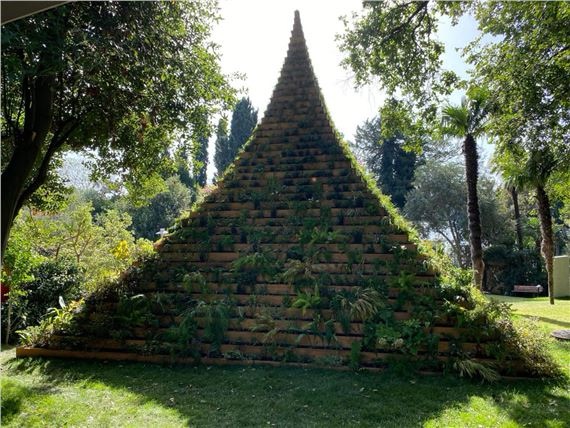Gwenaël at TUSSLE has words about the past and Christopher’s current choices. After unpacking all the troubling aspects of many of them they eventually point to the smallish wire sculptures which caught my eye and are “by far the most interesting pieces in the show.”
#christopherwool














